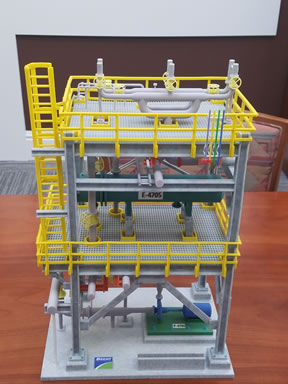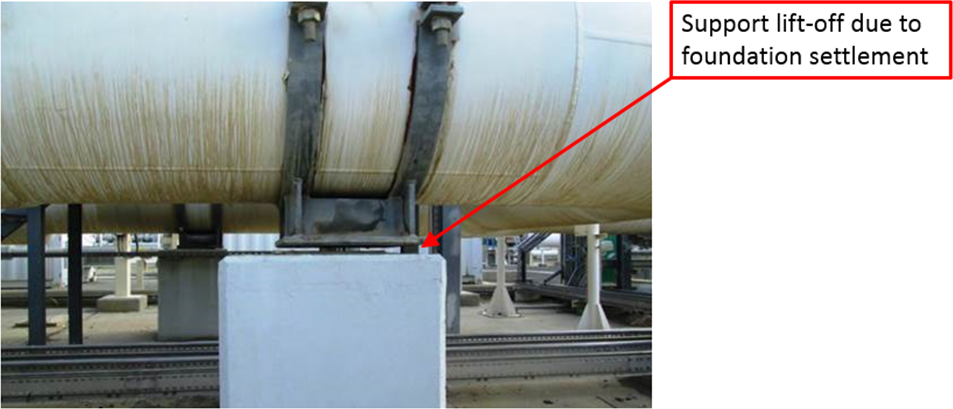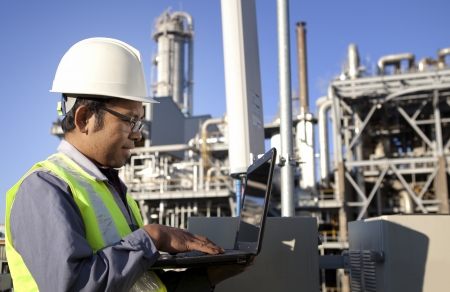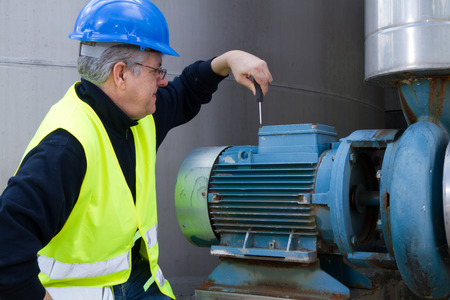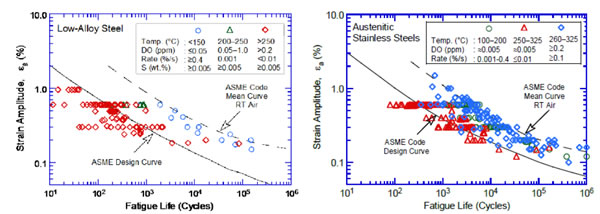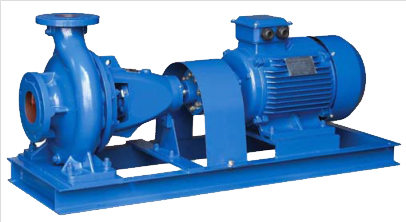Physical 3D Models of Process Units are Returning to Use!
3D printing technology is now bringing back the use of 3D models of process units. Having a 3D model has many benefits, including a more than ten-fold improvement in efficiency in doing model reviews, versus reviewing the model on the computer. In the past, 3D models were created by assembling plastic pieces, which was very […]

